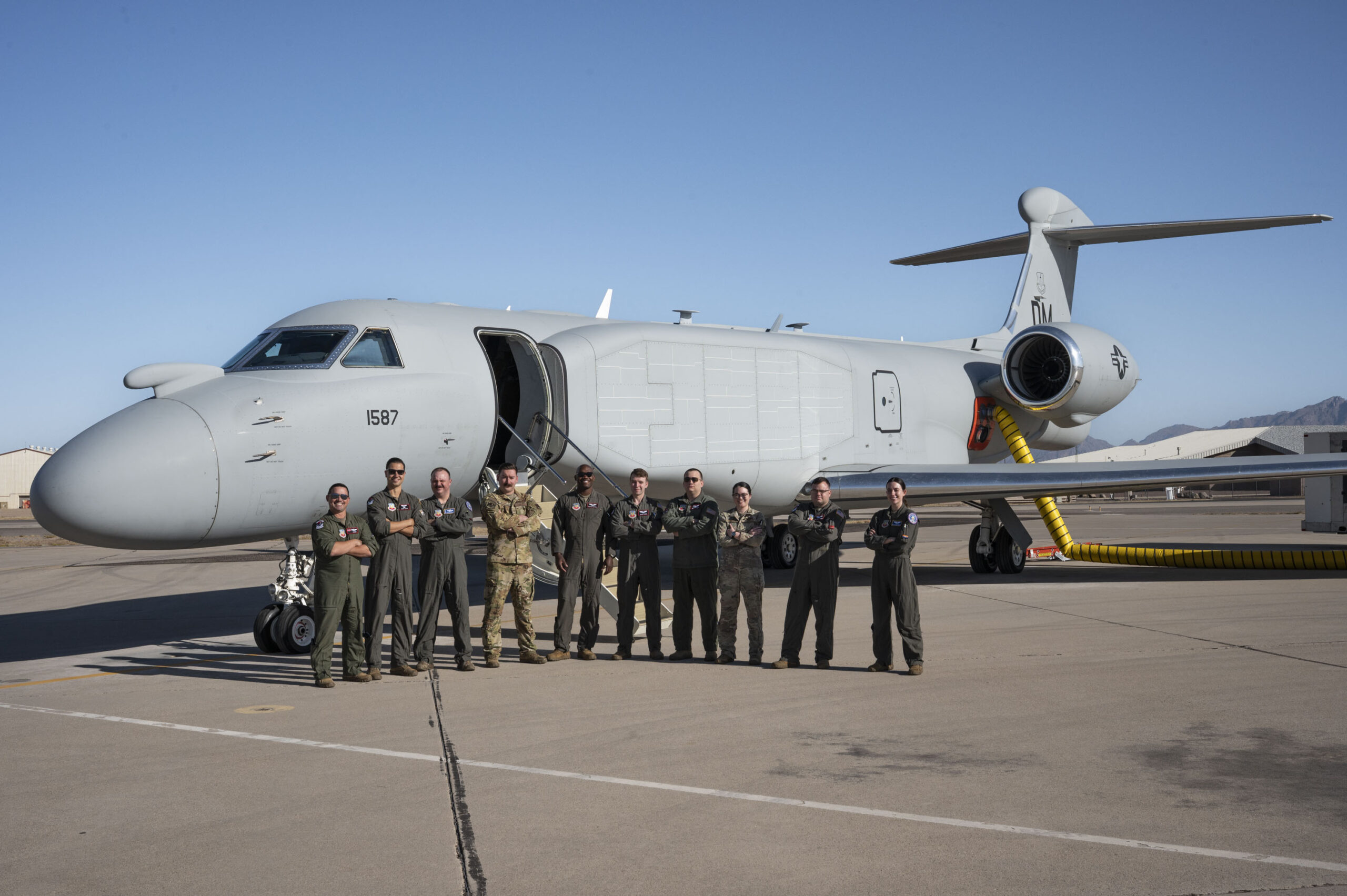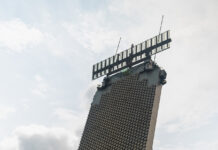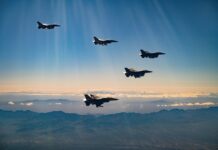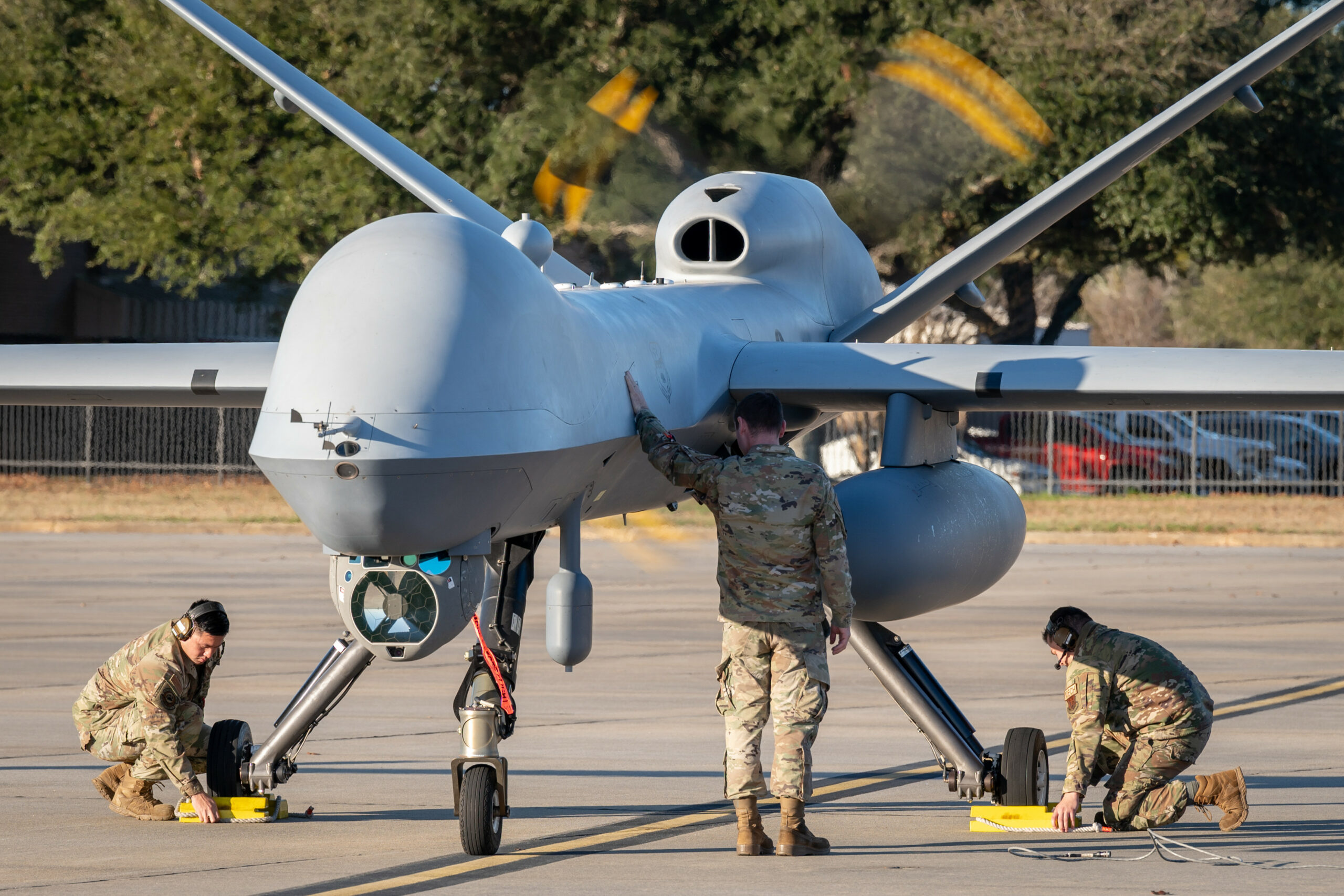
Reaper landing at Shaw AFB demos USAF’s satellite-based Agile Combat Employment
Peter Felstead
Airmen from the US Air Force’s (USAF’s) 50th Attack Squadron and Air National Guardsmen from the 163rd Attack Wing conducted a historic first on 14 February 2024 by successfully landing an MQ-9 Reaper unmanned aerial vehicle (UAV) at Shaw Air Force Base (AFB) in South Carolina under satellite control.
The Reaper flew in from March Air Reserve Base in California, to where it returned the next day.
While satellite-controlled landings – which replace legacy processes requiring additional ground control stations, aircrews, and maintenance support – are becoming standard practice for MQ-9 operators, the USAF’s Reapers typically operate out of specially configured remote locations.
Shaw AFB hosts the USAF’s 25th Attack Group, which comprises three operational MQ-9 attack squadrons, but the squadrons’ Reapers conduct operations across the world remotely from Shaw AFB, where the pilots who fly the UAVs never normally get to see their own aircraft.
The Reaper flight into Shaw AFB thus served as a proof of concept demonstrating the USAF’s ability to use a new satellite launch and recovery capability enabling UAVs to get to any location in the world and set up an operation rapidly, in line with the air force’s Agile Combat Employment doctrine.
In a 26 February USAF press release Lieutenant Colonel Zachary Clarke, commander of the 50th Attack Squadron, explained the complexities of operating UAVs beyond their bespoke operating sites.
“It is so much more than just moving an airplane from one spot to another,” he said. “There’s co-ordination with the Federal Aviation Administration, there’s co-ordination with the departure unit, with the arrival unit, there’s co-ordination with filing the flight plan, and then to back that up even further you’ve got all the mission planning that has to be accomplished. You’ve got the weather planning, planning the flight plan, and then you also have to add in the satellite launch and recovery.”
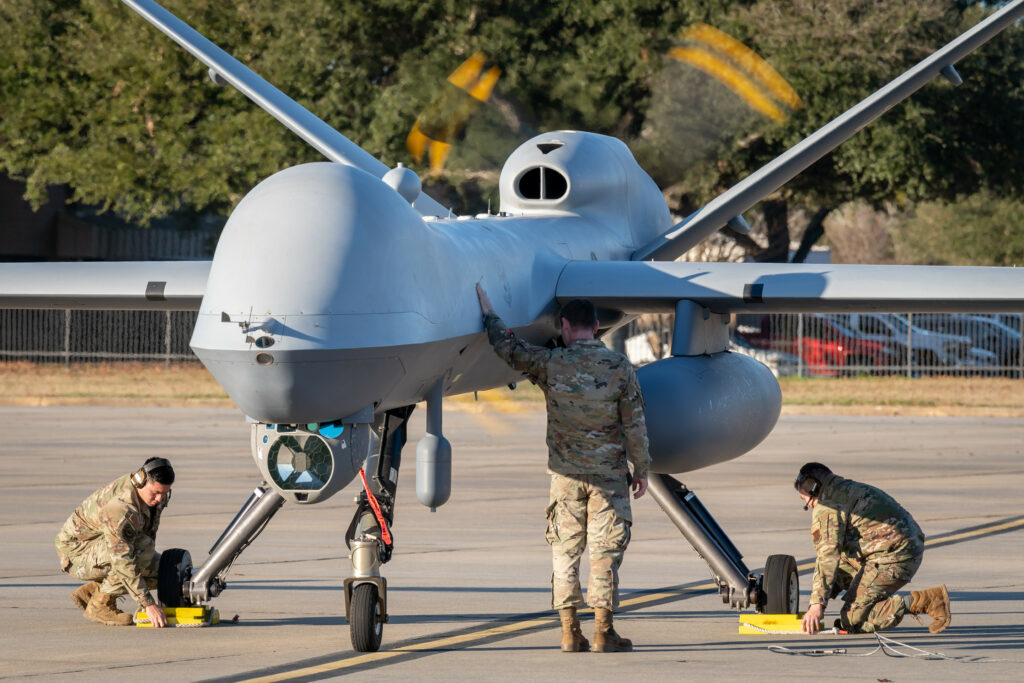




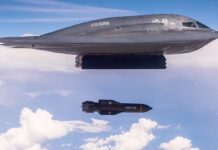
![US air dominance: The story so far President Trump, the 47th President, said that the USAF’s first sixth generation fighter would be known as the F-47, insisting that: “The generals picked a title, and it's a beautiful number…” Trump also noted that “an experimental version of the plane has secretly been flying for almost five years.” [USAF]](https://euro-sd.com/wp-content/uploads/2025/06/2-F-47-8928628-1-Kopie-218x150.jpg)
